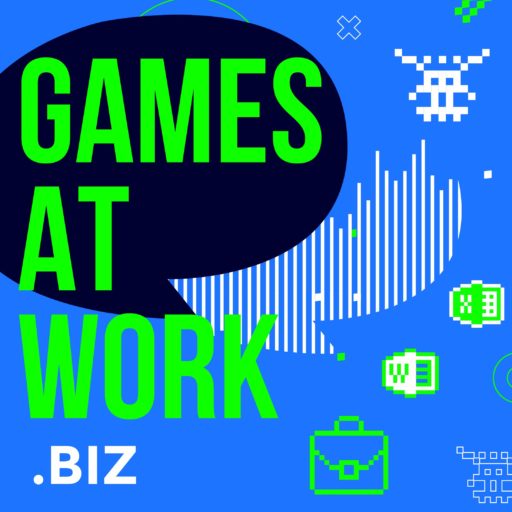
This week, while Michael M is in the woods, Andy and Michael R. go thru the week’s links focusing back on our roots talking about various gaming stories, including: Life by You’s open approach to modding, dragon based table top games, and how one gaming studio is support Kickstarters from indie game developers.
We talk about listener Epredator’s contribution on adding micropayments to doom, and what show would be complete without a discussion of the latest robot from Boston Dynamics!?!
So check us out via the new Fediverse Podcast directory at https://podcastap.com.
Podcasts in the Fediverse https://indieweb.social/@tchambers/112284187620846728
Andy talks Podcasting 2.0 and other platforms for podcasts on Fediverse on TechGrumps – https://techgrumps.wordpress.com/2024/04/15/techgrumps-3-14-ai-arbitrage/
History of Podcasting – https://www.descript.com/blog/article/history-of-podcasts
Life By You encourages models – https://www.pcgamer.com/games/life-sim/life-by-you-director-says-modders-are-welcome-to-monetize-creations-however-they-want-go-for-ityou-dont-need-our-permission
Spore – https://en.wikipedia.org/wiki/Spore_(2008_video_game)
Baldur’s Gate Studio supports game’s Kickstarter – https://www.pcgamer.com/games/action/blasphemous-dev-reveals-that-baldurs-gate-3-studio-larian-quietly-backed-the-game-on-kickstarter-for-dollar1000-and-never-asked-for-anything-in-return
Micro-payments in Doom –
Epred- Listener link – https://mastodon.online/@epredator/112277232280250134
https://www.threads.net/@guy_dupont/post/C5tskPDqy4W
Descent open sourced – https://www.gamingonlinux.com/2024/04/descent-3-has-been-made-open-source
WrymSpan TableTop game – https://stonemaiergames.com/games/wyrmspan/ and https://tabletopia.com/games/wyrmspan
We Have Goats TableTop game – https://www.wehavegoats.com
Boston Dynamic’s latest robot – https://techcrunch.com/2024/04/17/techcrunch-minute-new-atlas-robot-stuns-experts-in-first-reveal-from-boston-dynamics/
One Plus Watch Two – https://www.theverge.com/24132998/one-plus-watch-2-review-smartwatches-wearables
Podcast: Play in new window | Download (Duration: 37:00 — 43.0MB) | Embed
Subscribe: Apple Podcasts | Spotify | Amazon Music | Android | Podcast Index | Email | Youtube Music | RSS | More



